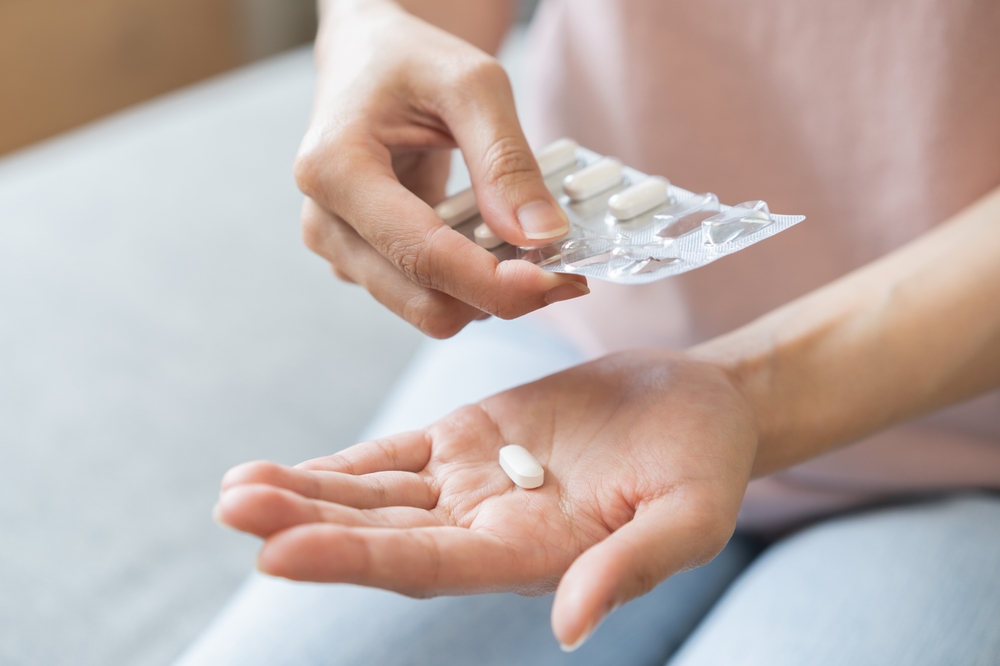
Bacteria are naturally present throughout your body, from outside your skin to inside your intestines. Your body has defensive cells that normally kill harmful bacteria before they can make you sick. However, sometimes your natural defenses aren’t enough, and you need help fighting an infection.
Antibiotics are designed to be absorbed by bacteria, to disrupt their function, and to help you eliminate them quickly. There are many kinds of antibiotics that combat different bacteria — if you have a bacterial infection, your health care provider will choose an antibiotic tailored to the specific infection that you have.
What are the most common side effects of antibiotics?
Although antibiotics are highly effective, they often come with side effects. About one in five people on antibiotics will experience some sort of side effect — most commonly stomach pain, nausea, cramping, diarrhea or bloating. While there are several theories about why these side effects occur, one possible explanation is that antibiotics target not only the harmful bacteria causing the infection, but also the beneficial bacteria in the gut that help with digestion.
How can your prevent side effects?
Most antibiotics can be taken with food, which can help prevent stomach pain. In addition, taking a probiotic one to two hours after the antibiotic can help restore beneficial bacteria and prevent stomach discomfort.
Are there any serious reactions to watch out for?
Serious reactions are less common, but it’s wise to be aware of them. A new rash may indicate an allergy to the medication. If the reaction is severe enough, your health care provider may need to switch you to a different antibiotic. If you experience any difficulty breathing while taking the medicine, seek medical attention immediately.
Why can’t you use antibiotics for a cold or COVID-19?
Colds and COVID-19 are caused by viruses, not bacteria. Viruses and bacteria are very different from each other. Bacteria have specific markers that antibiotics can target. Viruses have very different structures and mechanisms that make antibiotics useless against them.
What is the most important thing you can do when taking antibiotics?
The most important thing you can do is to take antibiotics exactly as prescribed. Stopping early may leave the infection partially untreated, and it could return even worse. Most people start to feel better soon after starting the antibiotic, but the infection is still present. Keep taking your antibiotics as directed until they’re gone.
It’s also important to avoid overusing antibiotics, because bacteria can learn to defend against these medicines and become resistant to them. Health care providers carefully determine the correct dosage and duration, so it’s important to follow the directions as prescribed.
How can a pharmacist help?
Pharmacists can answer questions about medications and check for possible drug interactions. For example:
- Sulfamethoxazole/trimethoprim can increase sun sensitivity, even on cloudy days, so a pharmacist may advise you to avoid direct sunlight.
- Another antibiotic, doxycycline, should not be taken three hours before and after taking a multivitamin, as the minerals in the multivitamin can bind to the antibiotic and reduce its effectiveness.
Pharmacists also can address concerns about side effects and can advise you when you may need additional care. These professionals have a lot of knowledge and are part of your health care team — take advantage of their expertise.


